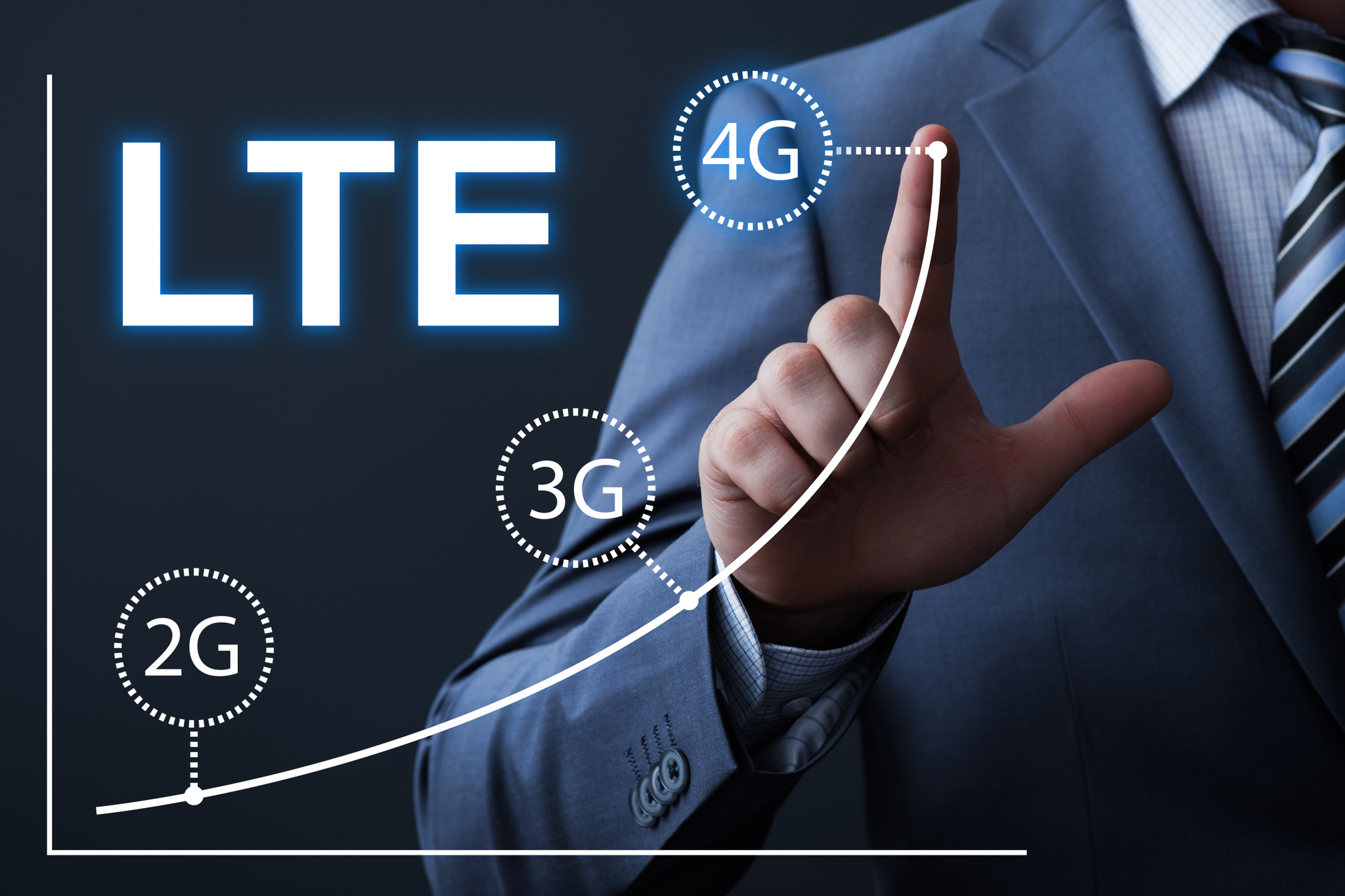Introduction
Do you have a smartphone? In recent years, with the spread of smartphones, we are now familiar with communication using 4G networks next to 3G, and communication using voice and video has become more common. Have you ever wondered why the letters "4G" or "5G" appears on your smartphone’s screen? "4G" or "5G" means a generation of mobile communication systems attached on at the time.
The "4G"/"5G" sign refers to the generation of mobile communication systems, and these mobile communication systems are transitioning to a new generation in a span of about 10 years in order to improve the efficiency of communication methods. In this article, we will briefly explain the features of the first generation (1G) to the latest 5th generation (5G).

1st generation (1G): Analog modulation based on AMPS (US) and TACS (Europe) standards, voice communication only.
2nd generation (2G): Shifting from analog to digital to improve the efficiency of radio wave usage. Well-known GSM (Global System for Mobile Communications), a worldwide communication system, in the 2nd generation. In Japan, PDC (Personal Digital Communications) standards were introduced, and packet communication services such as i-mode and Ezweb were launched.
3rd generation (3G): The W-CDMA system, a global standard called 3GPP, was introduced, improving the efficiency of radio wave usage even more than 2G.
4th generation (4G): LTE (Long Term Evolution) was introduced as an evolution of 3G, using OFDMA to improve the efficiency of radio wave usage.
5th generation (5G): A further evolution of LTE, the NR (New Radio) standard was introduced. 5G will be used not only for voice and data communications, but also for IoT, automated driving, and various applications.
What is 3GPP?
What is "3GPP", which was mentioned in the explanation of the 3rd generation above?
3GPP (3rd Generation Partnership Project) determines the technical specifications for the 3rd generation and beyond mobile communication systems. Although the original purpose of the project was to develop standards for 3G mobile phones (W-CDMA), it is also working on specifications for 4GLTE and 5G.
The specifications defined by 3GPP are named "3GPP Release X" (X is a number). For example, 3GPP Release 8 specifies the specifications for LTE. Each time a new specification is added, a new release is added, and the new release contains the specifications of the older ones. Release 15 and later specify the 5G specifications.
4GLTE and 5G
In this section, we will compare 4GLTE and 5G. The similarities between 4GLTE and 5G include the need for a radio station license, and the stability of communication since the licensed frequency is occupied and used. On the other hand, 4GLTE has a wider coverage (communication range), 5G has a much faster communication speed, and 5G can be used for applications such as IoT, telemedicine, and automated driving.
We have been discussing the generational transition of mobile communication systems in this blog, thank you for reading us!
JRC also offers Private LTE based on the 4G standards explained above, for further information, please check out our other blogs and use cases. If you have any questions, please do not hesitate to contact us.











